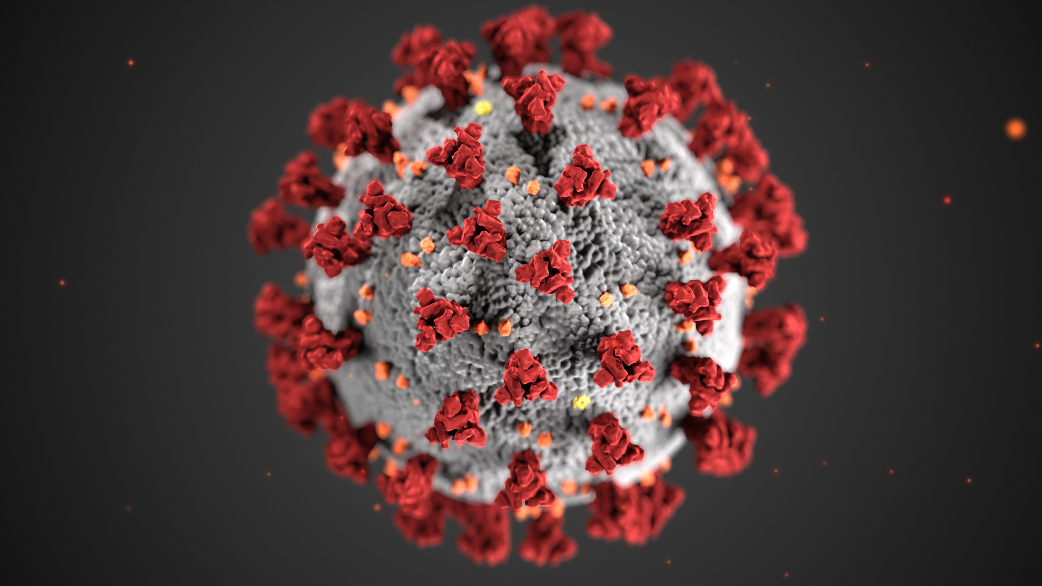The COVID-19 Data Window (CDW) exposes important information in a way we can all understand. Graphical displays collate significant data and organize it according to our own interests. Mostly, we are concerned how COVID-19 affects us or the people close to us. The CDW puts a face and direction on COVID-19 by showing trends and anomalies. We can use this to understand the past and plan for the future.
COVID-19 affects humans in ways we seldom see in medicine. For this reason, it is known as a Novel Coronavirus; something rare. Conversely, there are rhythms and patterns in everything. Finding the rhythm is the key to predicting the outcome. We find rhythm by looking into the intervals between measurements. The intervals create a scale such as a yardstick or ruler. At first, the intervals may seem uneven. Most importantly, nothing is random and with enough data and some good math we will see a pattern
The COVID Tracking Project delivers numbers nationally, by state or county. Initially, the CDW graph looks at nationwide numbers. We can get a general picture of the virus effects by using a large dataset to smooth out the curve. Additionally, it is often best to look at a problem from a high level to make it look smaller. Thus, solve-able.
Observations
Right away, we can see some trends in the cumulative view. Generally, the individuals testing negative tend to follow the total tested in an accelerating curve upwards. Likewise, the gap is mirrored by a nearly linear curve of those who tested positive for carrying coronavirus particles. In other words, those who test positive grow at a steady rate; seemingly independent of increased testing. This may be significant.
Sources
The CDW uses the COVID Tracking Project for it’s data. Users of this data source include:
- Johns Hopkins University of Medicine
- Washington Post
- The New York times
- CNN
- Wall Street Journal
- The COVID Exit Strategy
- White House COVID Policies
Important Dates
- January 31: US President signs China travel ban (in effect Feb 2)
- February 29 : Iran travel ban
- March 4 $8.3 Billion Coronavirus preparedness act (for testing)
- March 11: 26 more countries (The Schengen Area) travel ban
- March 13: US National Emergency Declared (begin lockdown)
References:
https://search.cdc.gov/search/index.html?query=begin+lockdown

